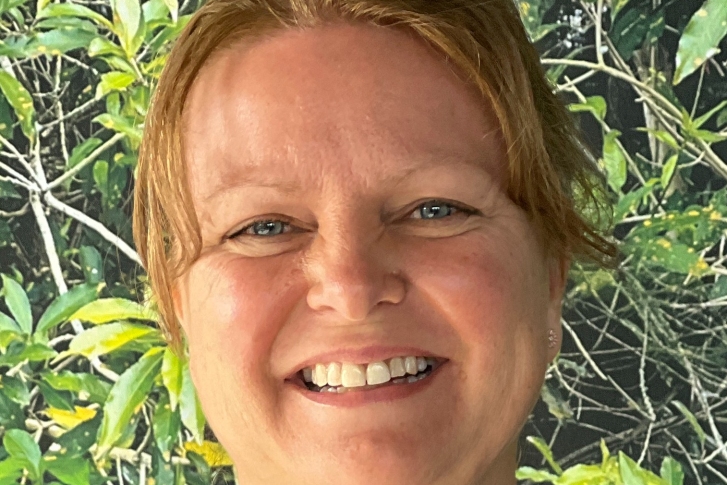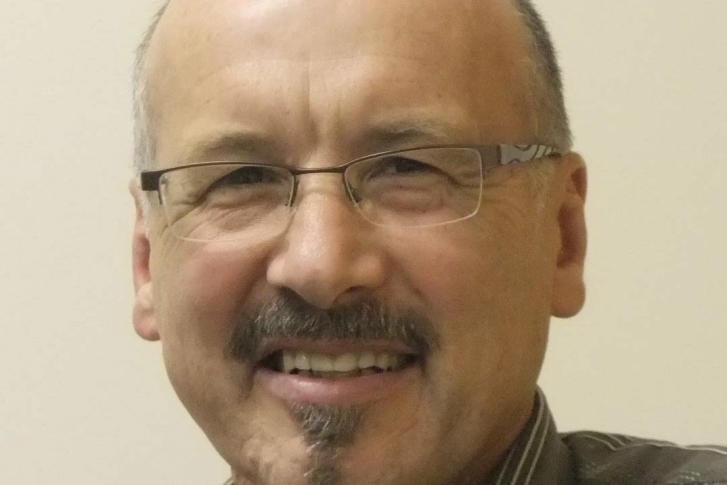This programme is developing techniques for protecting, enhancing and rehabilitating the biodiversity of freshwater ecosystems and the cultural value they provide.
Many of New Zealand’s aquatic ecosystems, and their ecosystem services, are in a degraded and often worsening state, causing concern to public and Maori, and threatening tourism and national branding. Protection and rehabilitation of aquatic ecosystems potentially has large economic, environmental, cultural and social benefits including: biodiversity, health and well-being of iwi (mahinga kai, kaitiakitanga, co-management); recreational use and resource recovery, ecosystem services, pure clean-green market advantage for primary products and tourism, and mitigation of urban and rural land-use and climate change impacts.
Our science aims to support the protection, enhancement and rehabilitation of freshwater and estuarine ecosystems. Our work is focusing on improving our understanding of aquatic biodiversity to support protection and conservation of vulnerable species. We are also working on better tools to reduce contaminant loading on aquatic systems and to overcome habitat bottlenecks to rehabilitation. Our research also includes evaluating techniques to overcome hysteresis, i.e. ecosystems not responding once the original stress factors which caused problems are removed.
The programme leader is Dr Fleur Matheson.
Objectives:
Taonga species, life history and genetics
- Determine how human alterations to river habitats and connectivity create habitat bottlenecks which compromise reproduction and colonisation success of freshwater organisms
- Undertake fundamental research into the cumulative effects of multiple stressors on the dynamics of cultural keystone species focusing on susceptible juvenile life-stages
- Use state-of-the-art satellite tracking to identify the oceanic spawning locations of New Zealand’s iconic freshwater fish species.
- Use next-generation DNA techniques to decipher the population genetics of native freshwater species and identify indicators of groundwater biodiversity and ecosystem health.
Citizen science & long-term monitoring
- Support and harness the collective power of citizen scientists to quantify the effects of stream restoration projects
- Use long-term ecological monitoring sites to quantify stream water quality and biodiversity responses to sustainable land management activities in forestry, dairy and drystock landscapes.
Rehabilitation techniques
- Develop techniques to better target and enhance the performance of edge-of-field mitigation technologies for improved water quality and biodiversity outcomes
- Trial habitat manipulation techniques to understand and overcome the physical, chemical and/or biological barriers to restoration.
Current research projects
- Habitat bottlenecks for freshwater fauna (Dr Cindy Baker)
- Sustainable co-management and restoration of cultural keystone species (Dr Erica Williams)
- Tracking the oceanic spawning migrations of longfin eels ( Dr Paul Franklin)
- Applying next-gen genetic techniques to freshwater biodiversity assessment (Dr James Shelley)
- Molecular indicators of groundwater biodiversity and ecosystem health (Dr Graham Fenwick)
- Riparian restoration investments and outcomes using a citizen science approach (Dr Richard Storey)
- Long-term stream responses to sustainable land management (Dr Andrew Hughes)
- SMARTer riparian and wetland strategies: Shade, Maps And Runoff Traps (Dr Fleur Matheson)
- Ruppia re-establishment in Te Waihora-Lake Ellesmere (Mary de Winton)
Key science collaborators
- AgResearch
- Bay of Plenty Regional Council
- Cawthron Institute
- DairyNZ
- Department of Conservation (DOC)
- ESR
- Environment Canterbury
- Greater Wellington Regional Council
- Hawkes Bay Regional Council
- Kitson Consulting
- Kusabs & Associates
- Lincoln Agritech
- Living Water
- Manaaki Whenua – Landcare Research
- Kusabs & Associates
- Lincoln Agritech
- Living Water
- Manaaki Whenua – Landcare Research
- Massey University
- Ngāti Hāuā Mahi Trust
- Tipa & Associates
- University of Aarhus
- University of Auckland
- University of Canberra
- University of Canterbury
- University of Michigan
- University of Otago
- University of Ruhuna
- University of Waikato
- Waikato Regional Council
- Waikato River Authority







